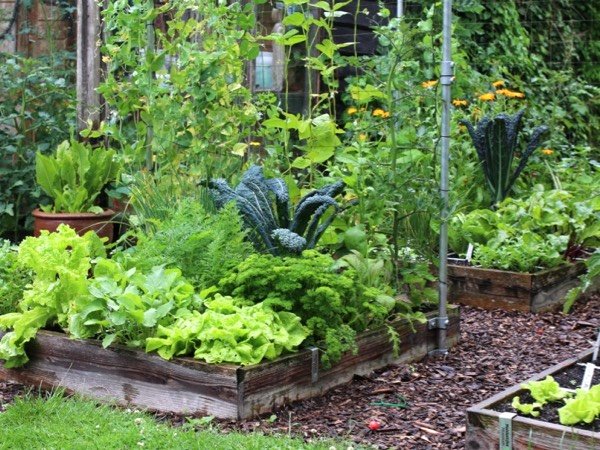- Help! Slugs and snails in your Planty Garden
- Why are my plants turning yellow?
- Pests in your vegetable garden?
- Pests: aphids to caterpillars in the vegetable garden
- Moss in your MM-Mix?
- Mushrooms in the Planty Garden
- How to identify and get rid of mildew
- Why are my zucchinis falling off?
- Cabbage whites and holes in your plants
- How to identify and treat tomato blight
- How can you help the bees?
- Help! Slugs and snails in your Planty Garden
- Why are my plants turning yellow?
- Pests in your vegetable garden?
- Pests: aphids to caterpillars in the vegetable garden
- Moss in your MM-Mix?
- Mushrooms in the Planty Garden
- How to identify and get rid of mildew
- Why are my zucchinis falling off?
- Cabbage whites and holes in your plants
- How to identify and treat tomato blight
- How can you help the bees?
Pests in your vegetable garden?
But before I tell you what you can do about them, let me first say this:

It gives some species an advantage over others. But when they attack our plants, we get upset and strike back: Scram, you pests!
That sounds logical, but it's not. If I go on a rampage, I only win the battle, not the war. Maybe there are fewer pests for now, but it won't last.
"Great, Jelle. That's not what I wanna hear."
Okay, okay, don't be so glum. You can turn your vegetable garden into a true paradise for all kinds of critters. They keep each other in perfect balance.
Kristin's the expert on this:

Set up your garden as naturally as possible

Ensure strong plants
Give your plants enough water and follow the app's advice, especially when it comes to nutrients. For most plants, the MM-Mix really is rich enough. Too many nutrients or too much fertilizer will get you fast-growing but weak plants.
Create confusion
A Planty Garden includes different kinds of plants all in one place. When you mix varieties together, pests are less likely to be interested. Sow too many of the same species tightly together, and pests will home in on them.

You can also plant some strong-smelling varieties among your vegetables or right next to your garden box in an MM-Mini. Ginger mint, hyssop, sage, thyme, lavender, lemon balm, barnyard wormwood, coriander, anise, onions and garlic are great options.

Prevention is the best medicine

If you have the chance to get chickens, they're great for picking larvae and caterpillars off your plants in winter.
Learn what is what

Caterpillars are another thing
White Cabbage caterpillars aren't your friends. They can easily eat an entire dino kale. But this caterpillar, on the other hand, should make you jump for joy:

Acceptance and patience

A last resort
Do you need more help? Then click here. On this page, you'll find what you can do to handle specific pests. From aphids to grubs.

Problems
- Help! Slugs and snails in your Planty Garden
- Why are my plants turning yellow?
- Pests in your vegetable garden?
- Pests: aphids to caterpillars in the vegetable garden
- Moss in your MM-Mix?
- Mushrooms in the Planty Garden
- How to identify and get rid of mildew
- Why are my zucchinis falling off?
- Cabbage whites and holes in your plants
- How to identify and treat tomato blight
- How can you help the bees?
